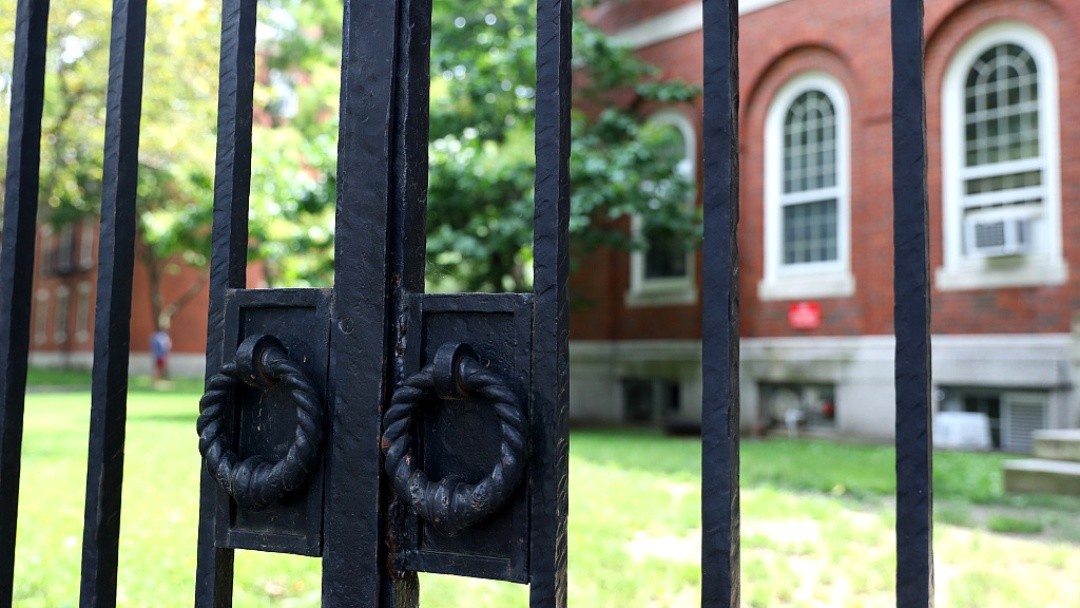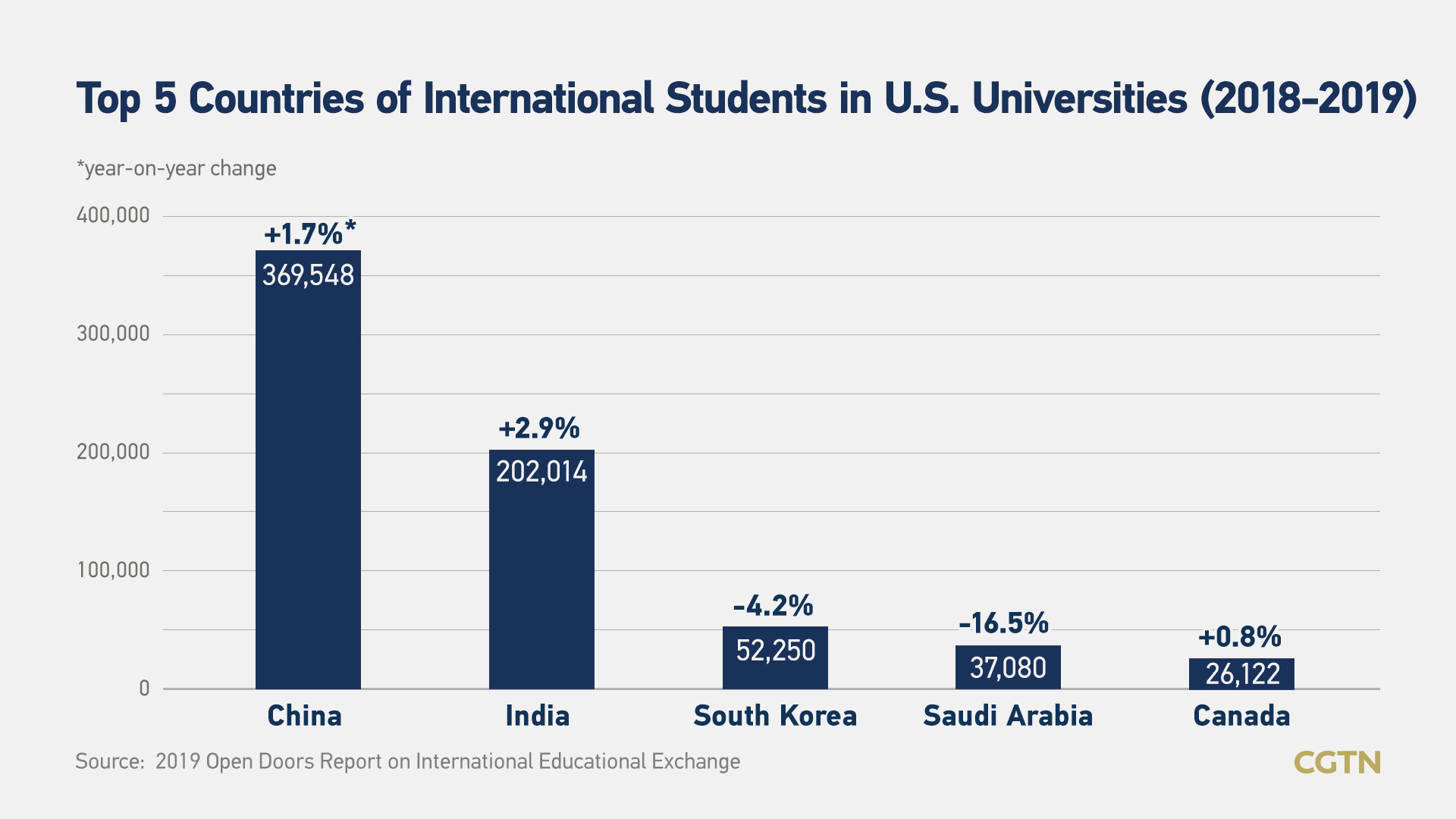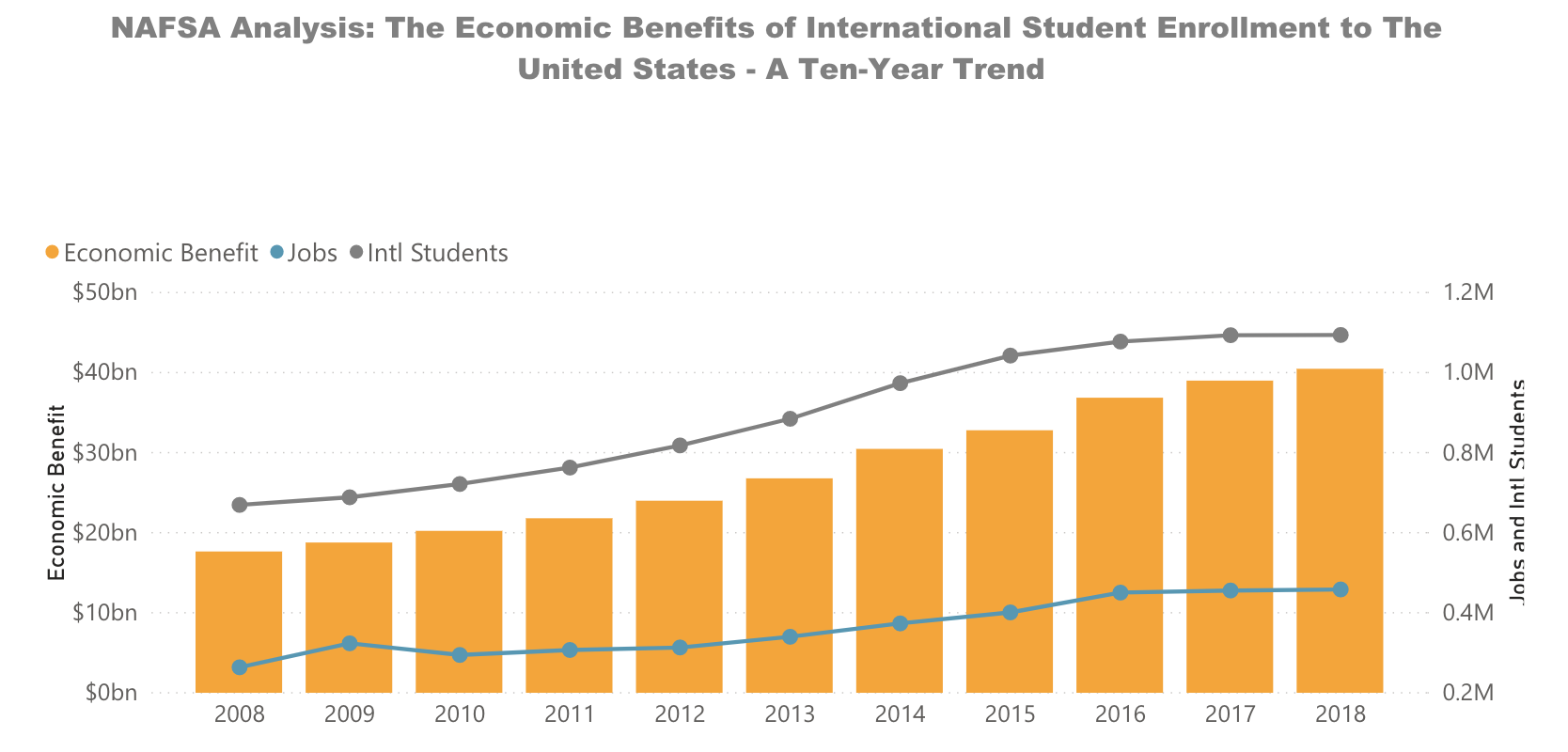
Harvard University in Cambridge,Massachusetts, U.S., July 8, 2020 /VCG Photo
Harvard University in Cambridge,Massachusetts, U.S., July 8, 2020 /VCG Photo
When universities in the U.S. are struggling to reopen for the fall semester, they encountered a new uncertainty in addition to the pandemic – the Trump administration's policy announced on Monday that international university students would have to leave the country if their courses are all taught online this fall, a hit not only on academic future but also financially damageable.
Before the unexpected COVID-19 outbreak, there were more than a million foreign students in the U.S. in the 2018-2019 academic year, setting an all-time high record, according to a yearly report jointly released Institute of International Education (IIE) and the U.S. Department of State's Bureau of Educational and Cultural Affairs in November 2019.
Making up 5.5 percent of the total students enrolled in higher education in the country, international students contributed 44.7 billion U.S. dollars to the country's economy in 2018, 5.5 percent from the previous year, the report said, citing data from the U.S. Department of Commerce.
Among the international students, China remained the largest source with 369,548 students in undergraduate, graduate, non-degree, and optional practical training (OPT) programs, with a 1.7 percent year-on-year increase.

International students often pay more than local students, including paying “out-of-state” tuition at public universities, which rely on allocations of tax revenue from their states’ governments to subsidize their operations.
At a U.S. four-year public university, an in-state student pays 8,182 U.S. dollars tuition fee on average while a foreign student pays nearly three times – 22,048 U.S. dollars on average, Forbes reported on June 1, citing data from a study made in 2016.
“A collapse in international student enrollment may be devastating for the finances of some universities,” the report said.
Universities' revenue is also closely related to local students.
“It's no secret that many international students pay full tuition and that this is a source of revenue that enables schools to offer student aid and other discounts to other students,” said Terry Hartle, senior vice president of government and public affairs for the American Council on Education, which represents schools in Washington, D.C., Reuters reported on Thursday.
More than tuition, international students also support local jobs by spending occurring in accommodation, dining, retail, transportation, telecommunications, and health insurance sectors.
International students at U.S. colleges and universities supported close to 460,000 jobs in the country during the 2018-2019 academic year, according to the latest analysis from NAFSA, an association of international educators.

Having many prestigious universities located, California, New York, Massachusetts, topped in all states in terms of the number of jobs generated by international students, according to NAFSA analysis.